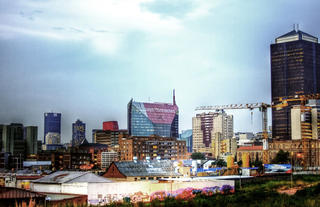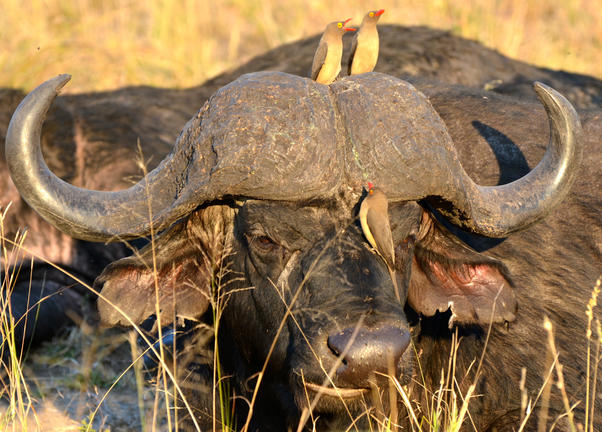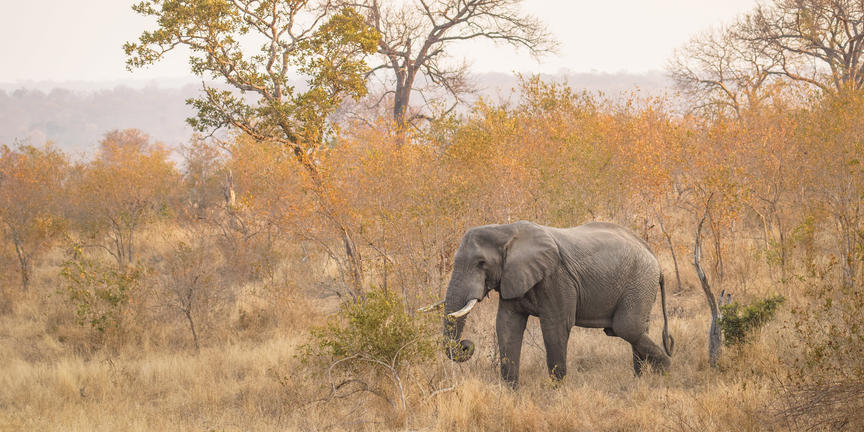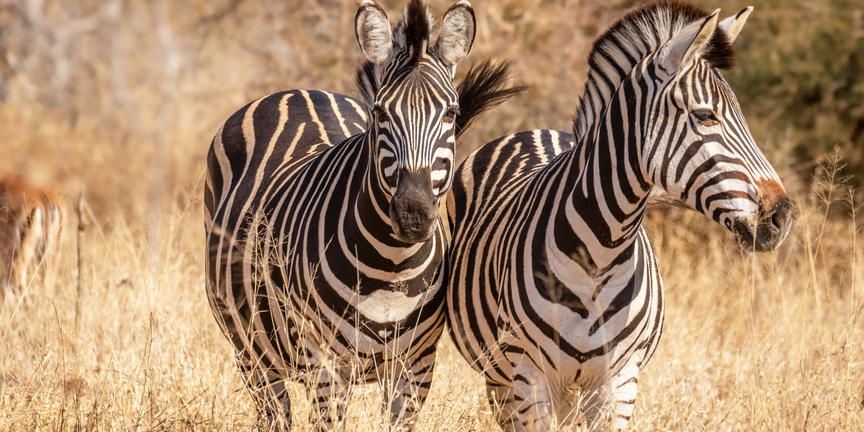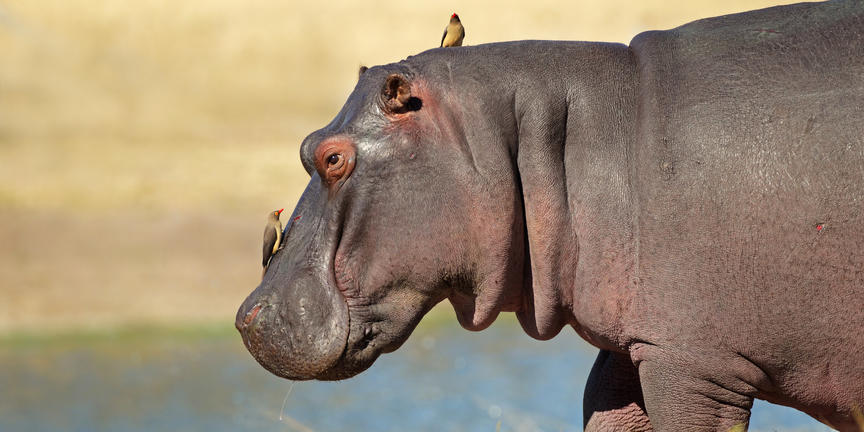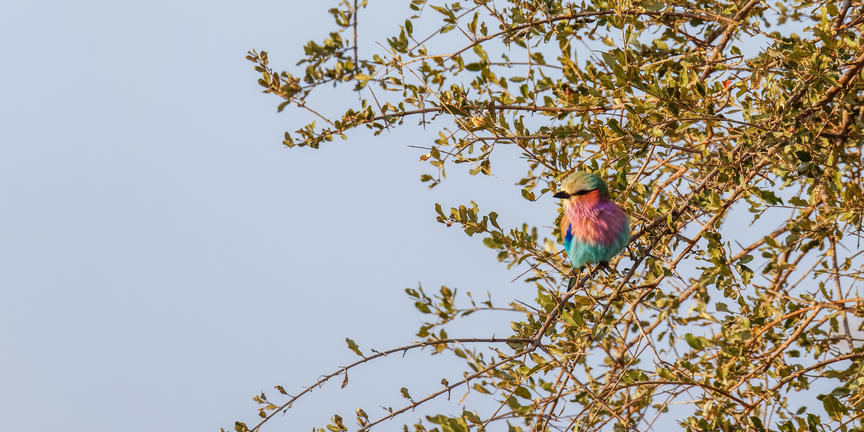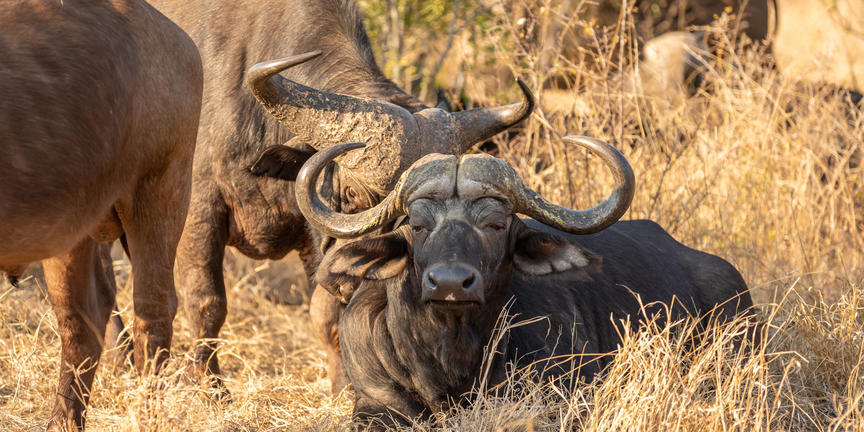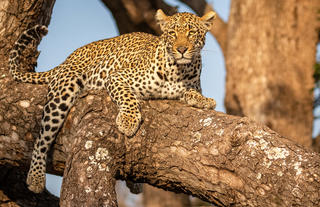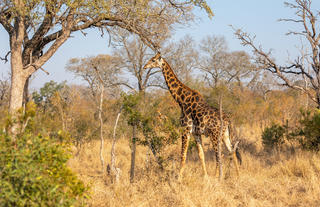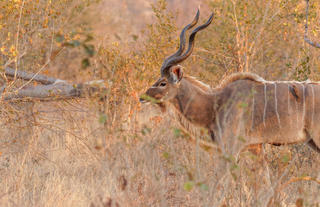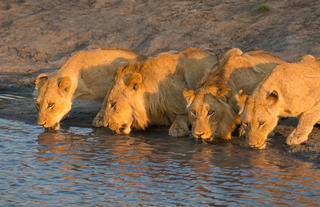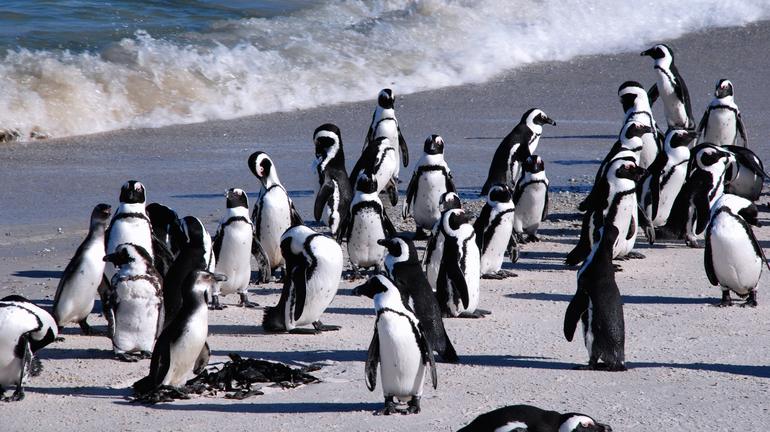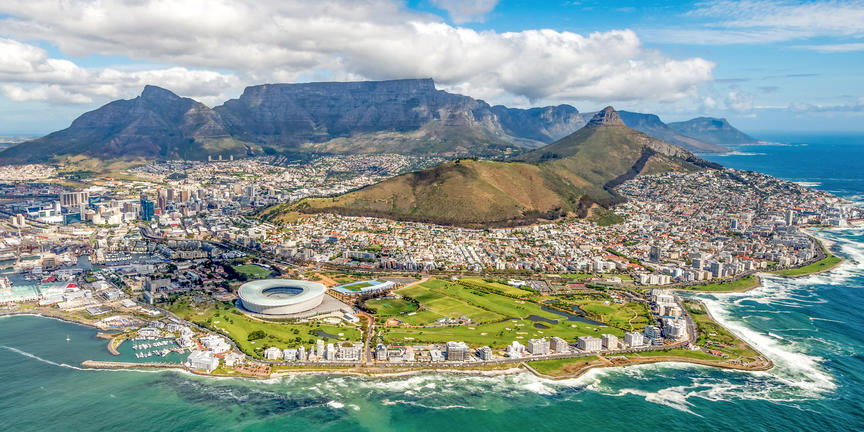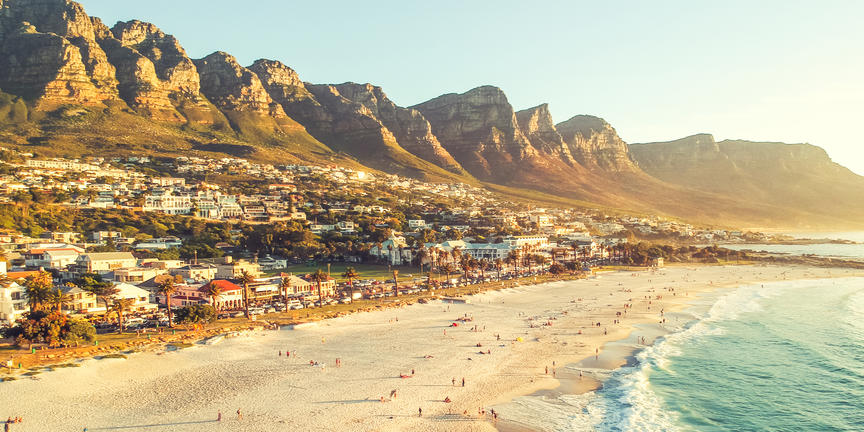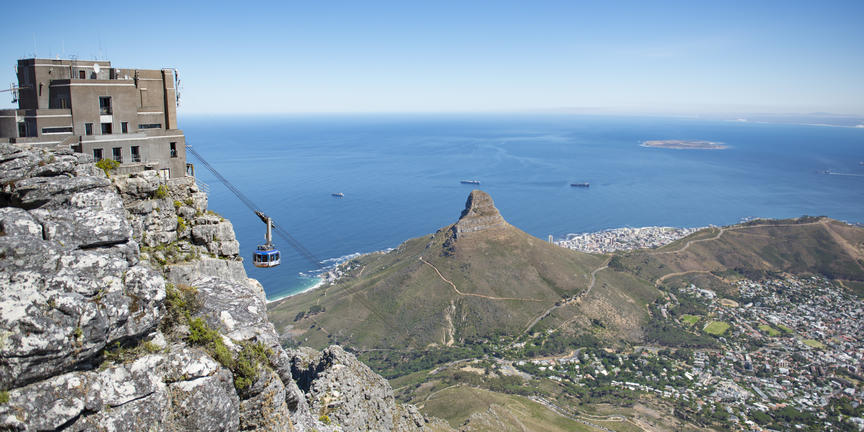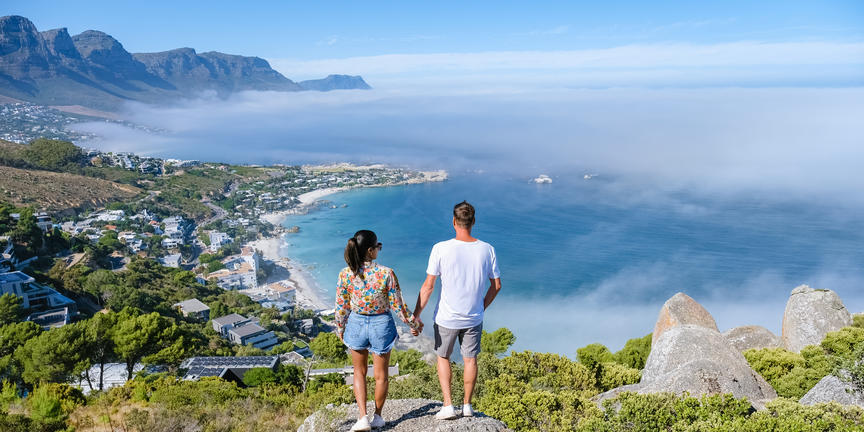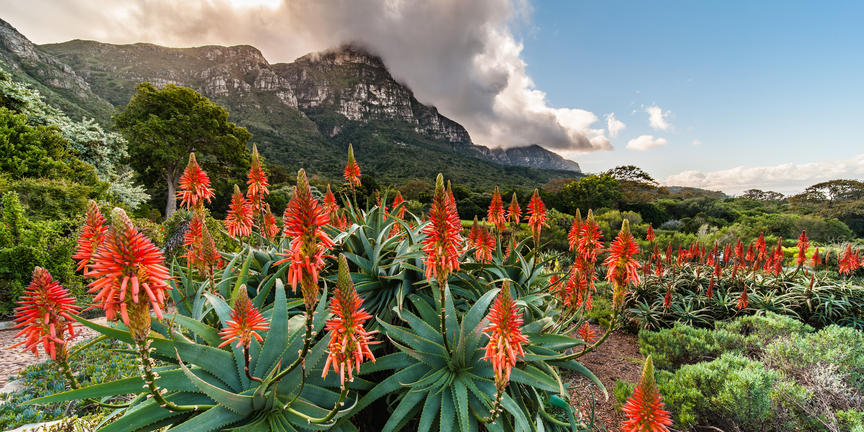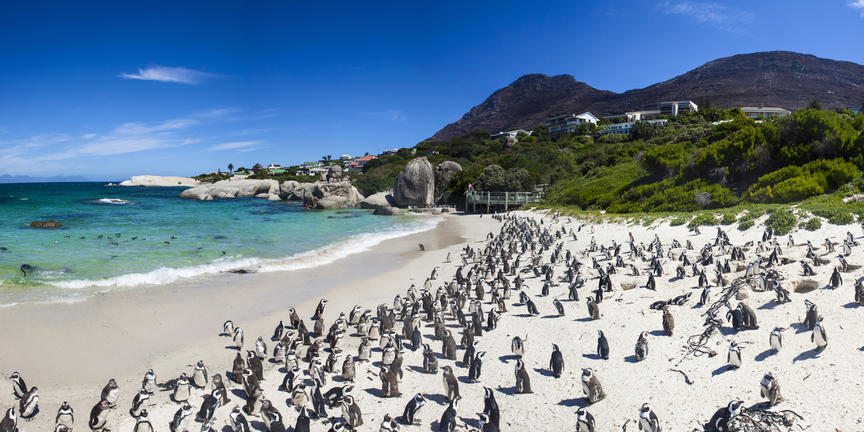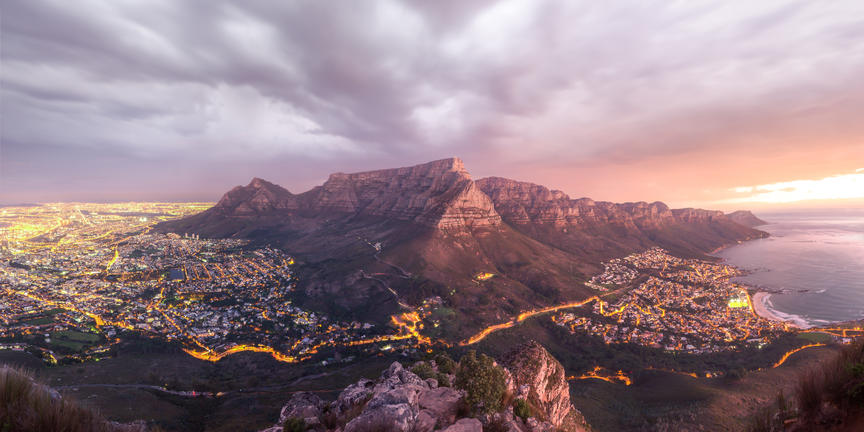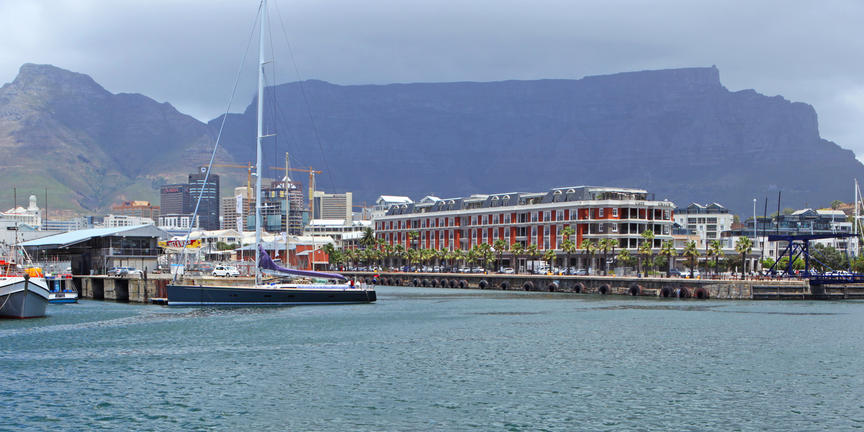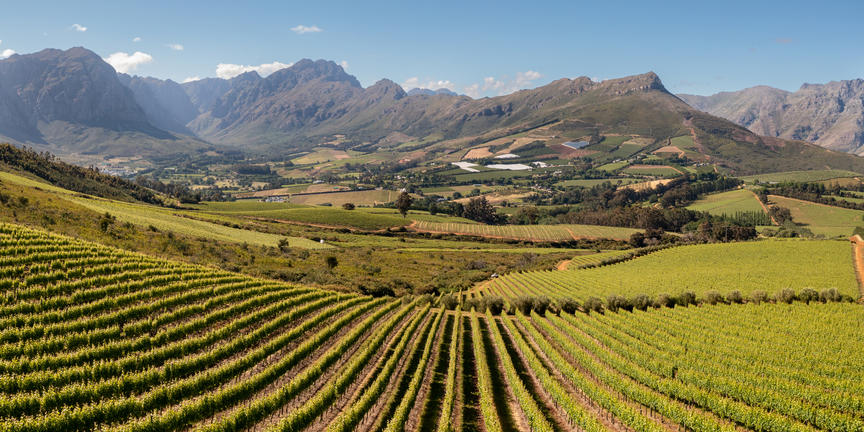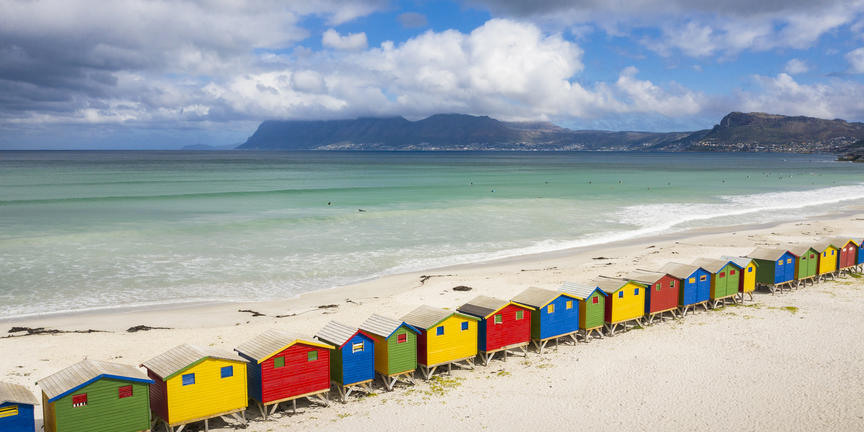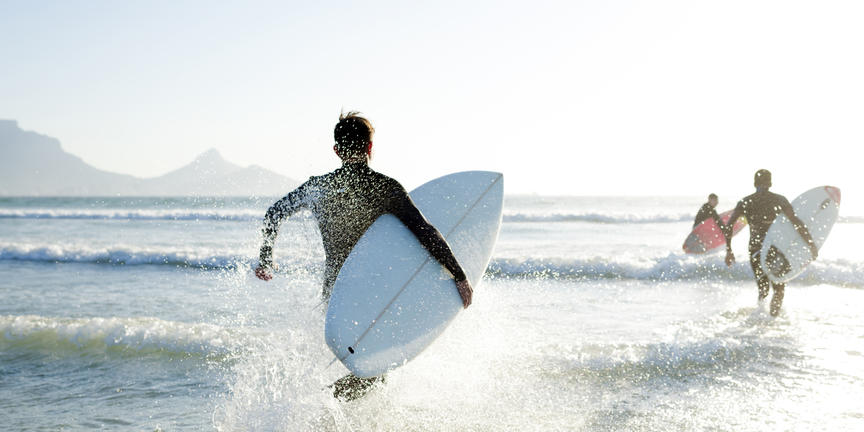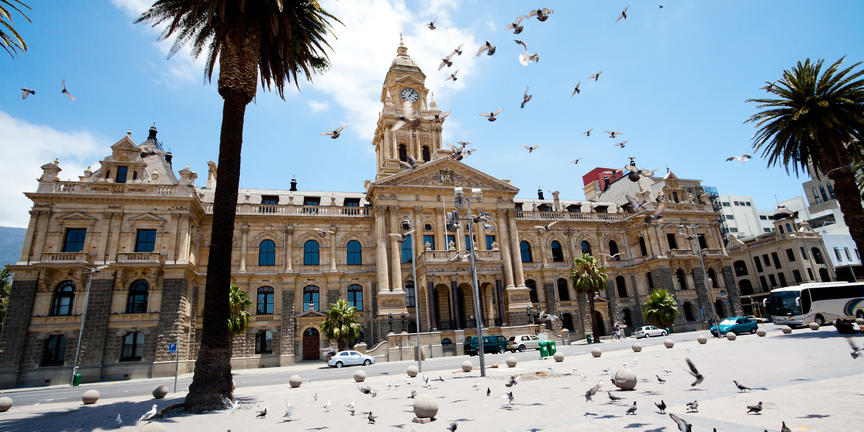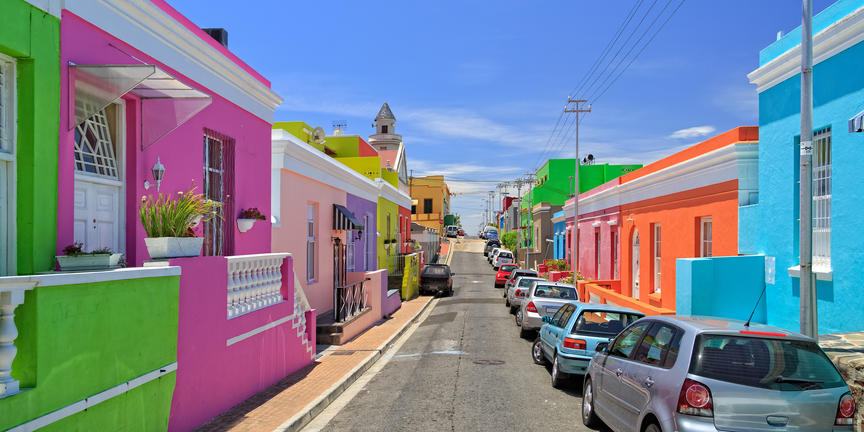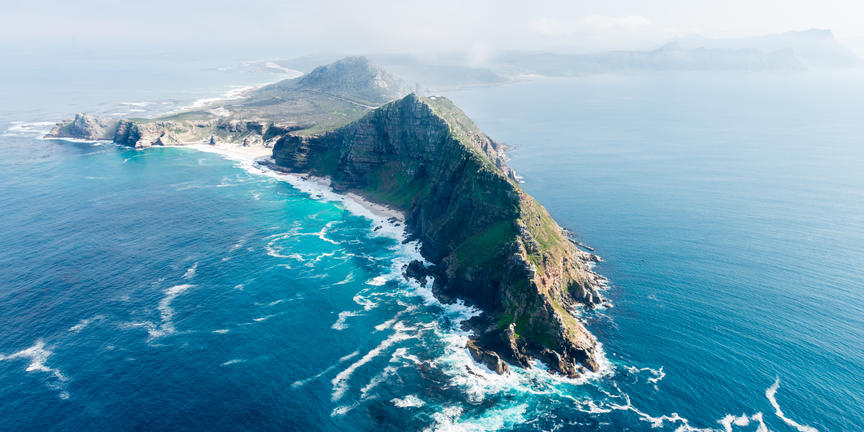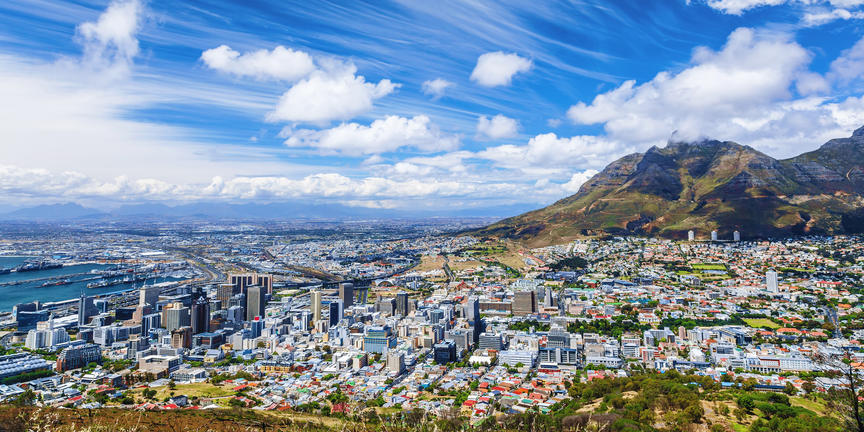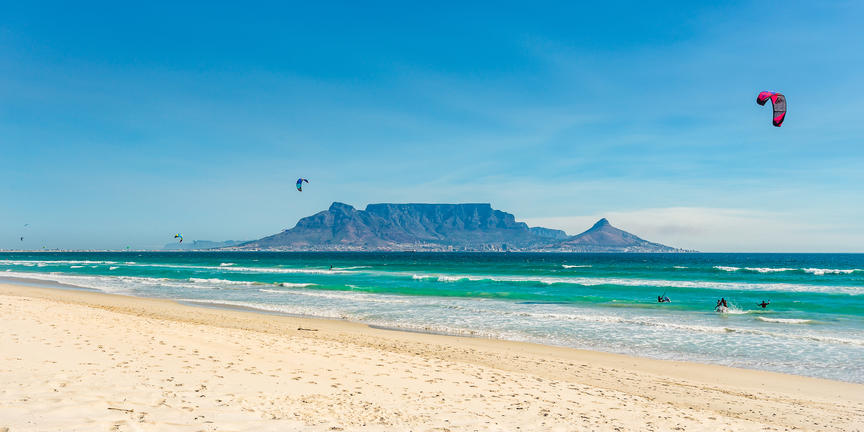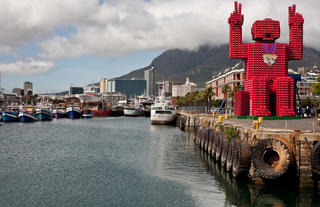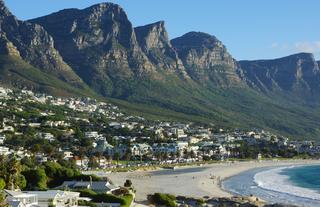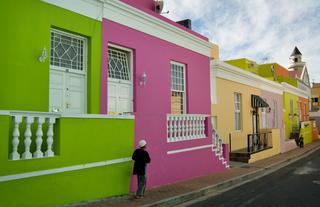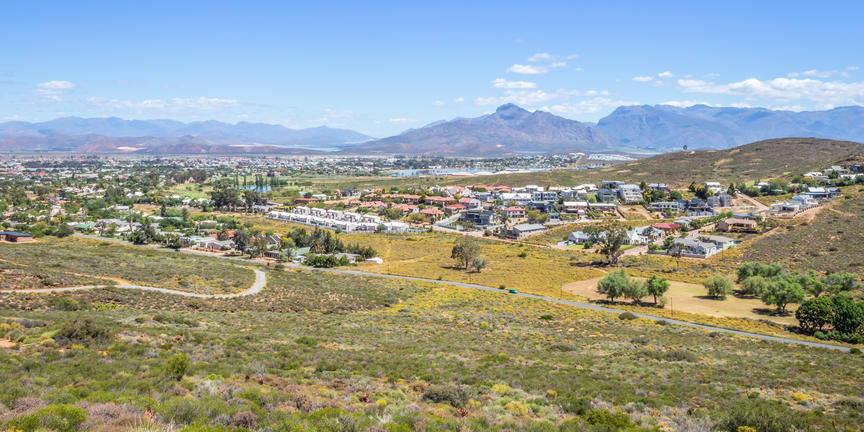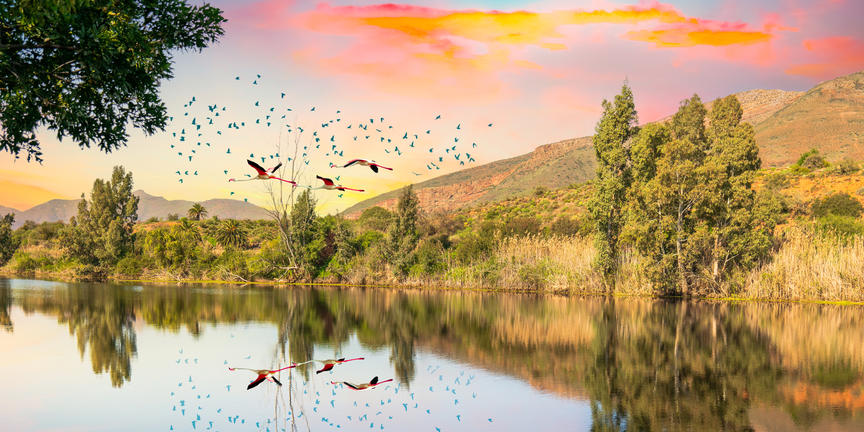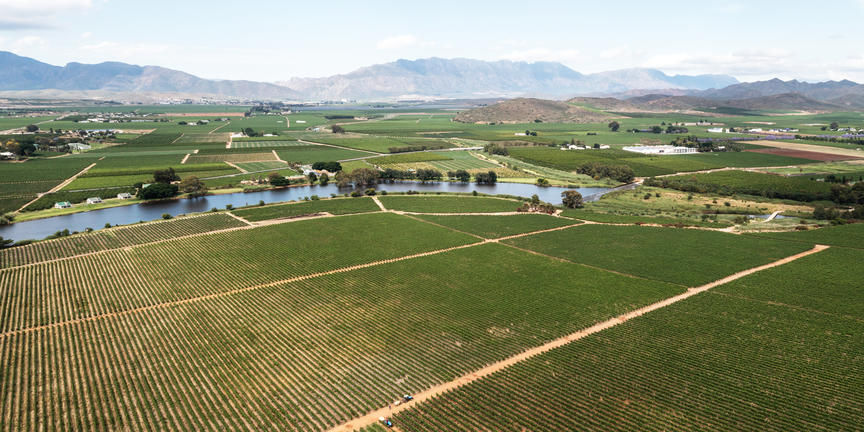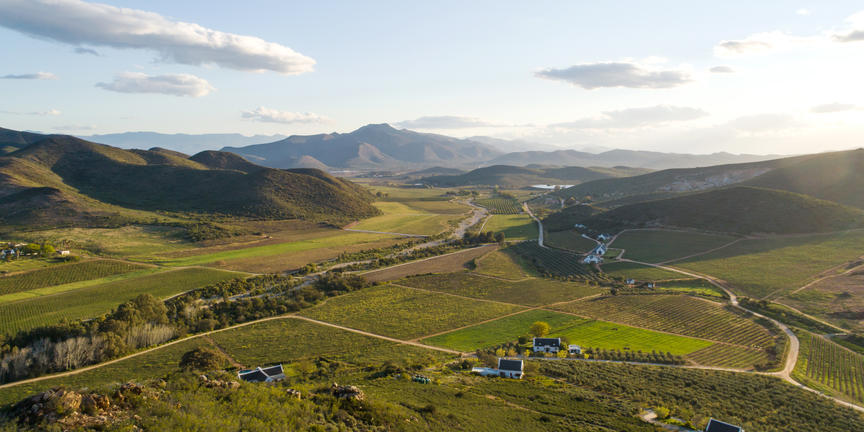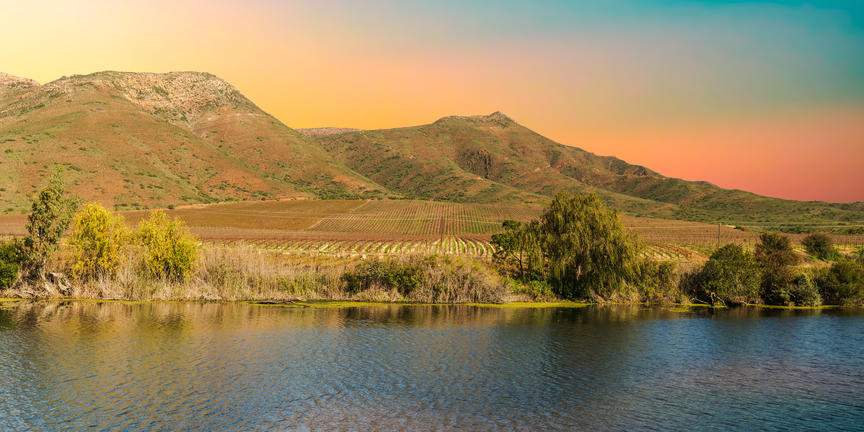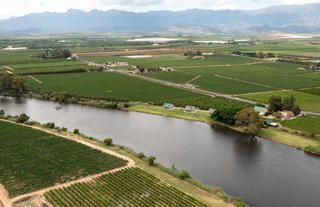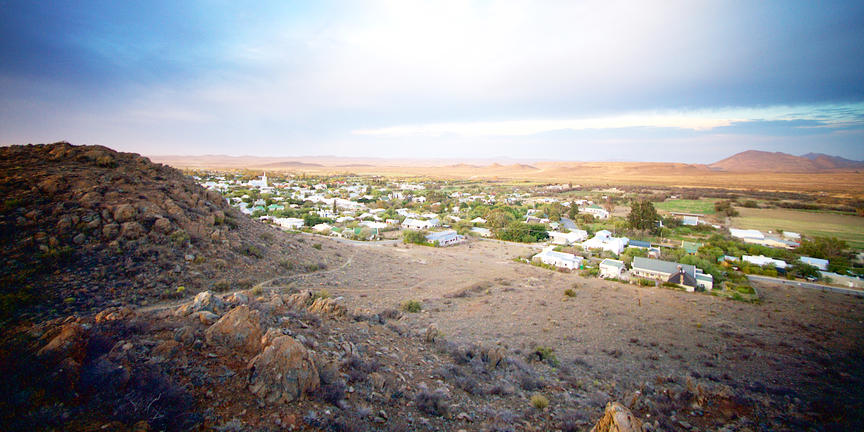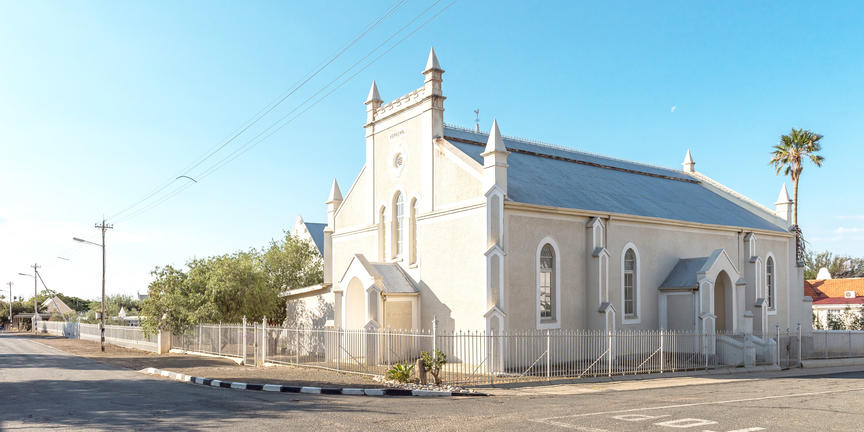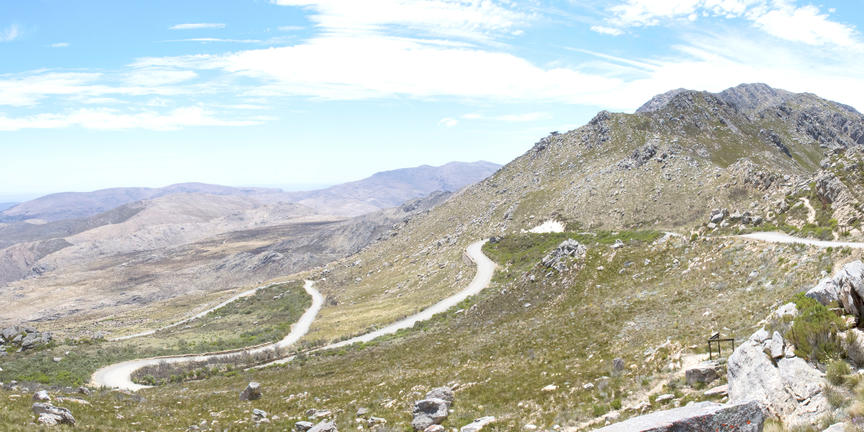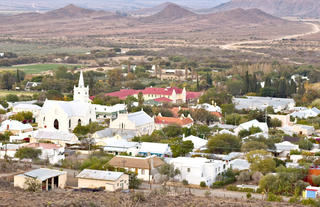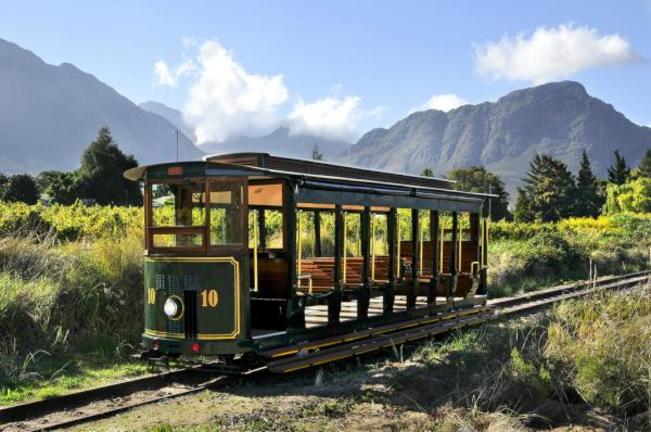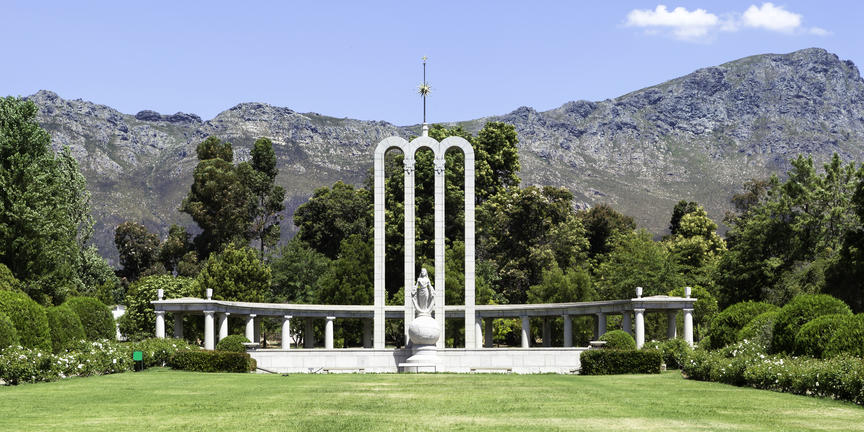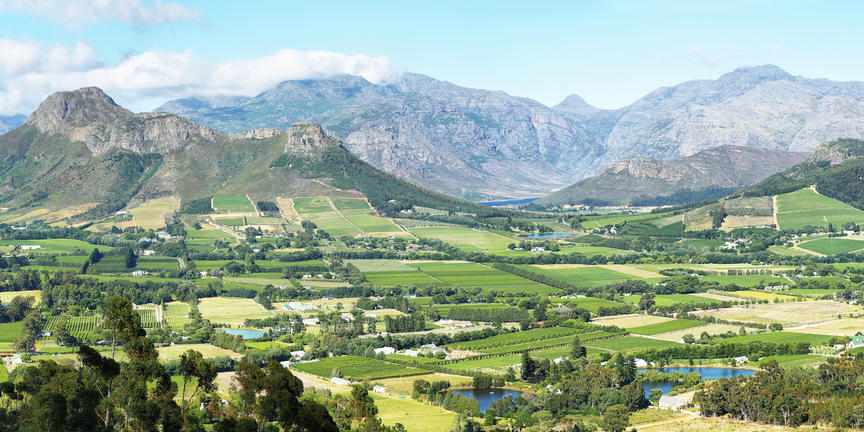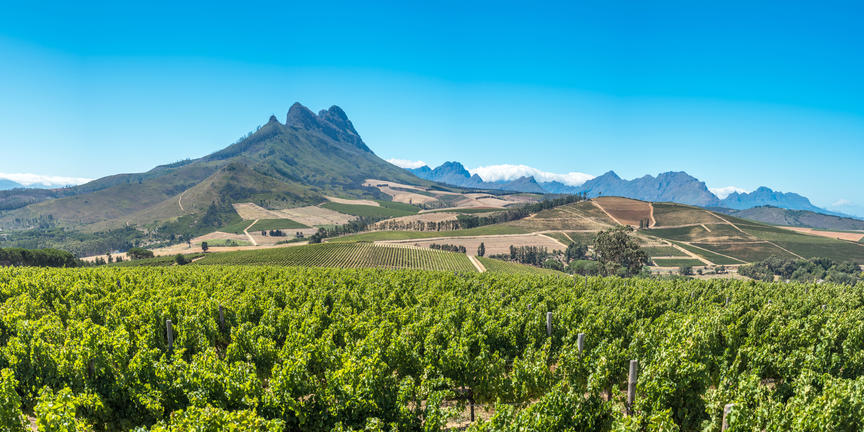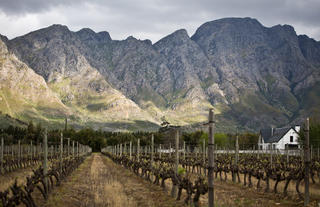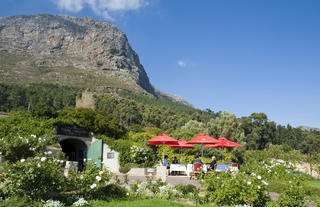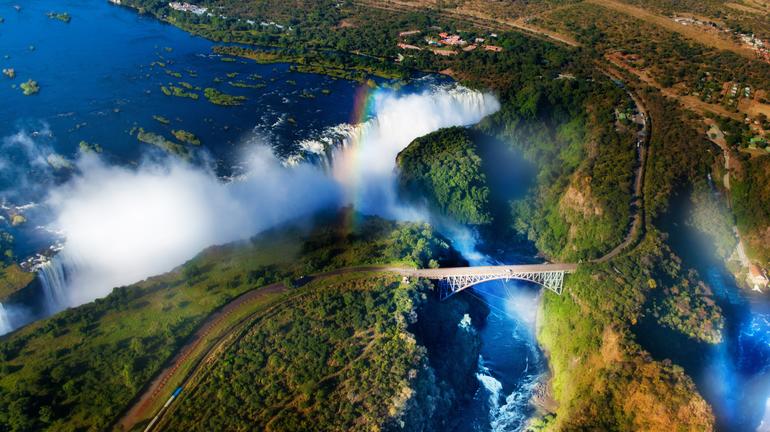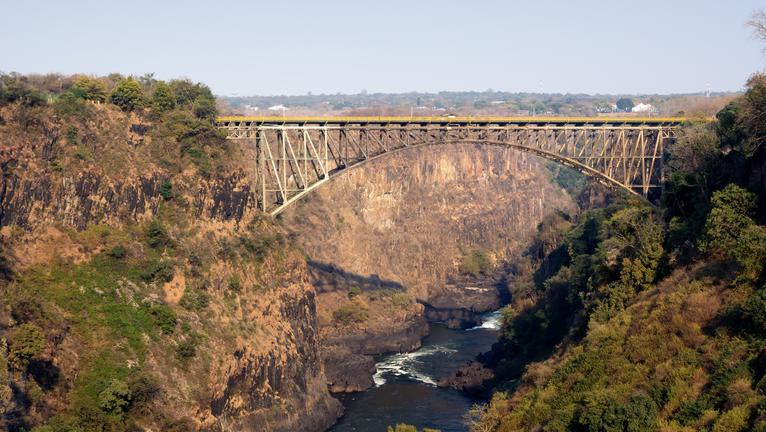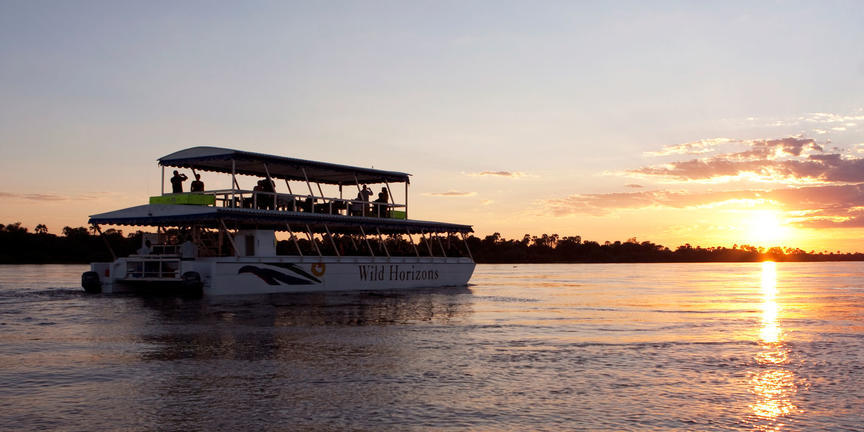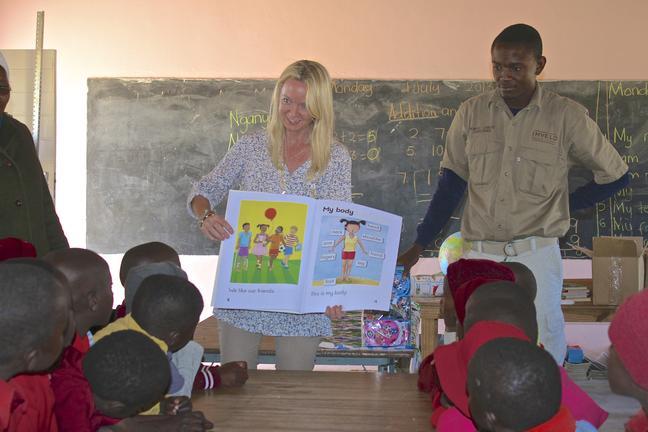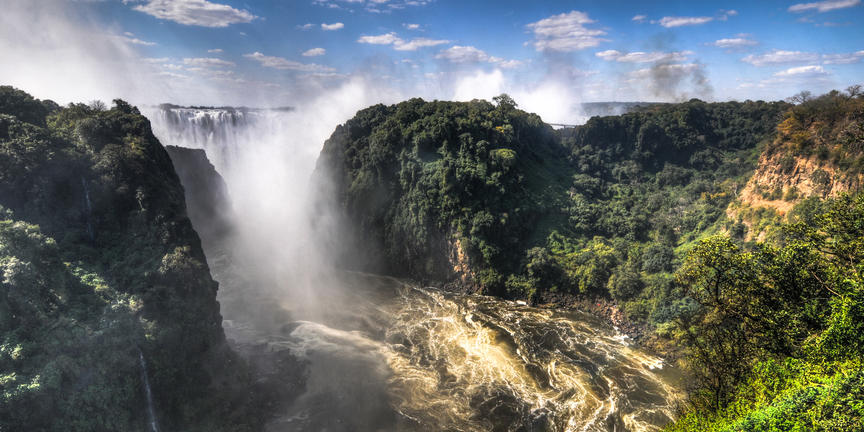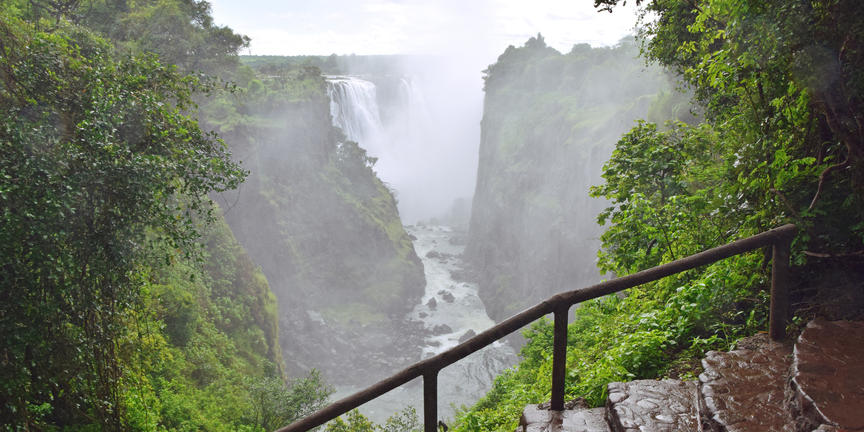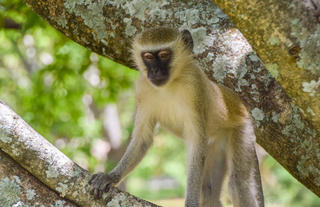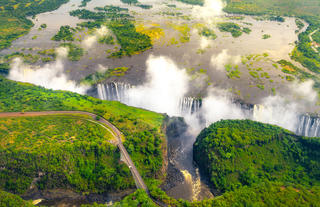One of the most culturally and geographically diverse places on earth, South Africa, fondly known by locals as the 'Rainbow Nation', boasts 11 official languages, and its inhabitants are influenced by a fascinating mix of cultures. Discover the gourmet restaurants, impressive art scene, vibrant nightlife, and beautiful beaches of Cape Town. Enjoy a local braai (barbecue) in the Soweto township, browse the bustling Indian markets in Durban, or sample some of the world's finest wines at the myriad wine estates dotting the Cape Winelands. Some historical attractions to explore include the Zululand battlefields of KwaZulu-Natal, the Apartheid Museum in Johannesburg, and Robben Island, just off the coast of Cape Town. Above all else, its untamed wilderness is astonishing: wildlife roams freely across massive unfenced game reserves such as the world-famous Kruger National Park.
Visa
Australian passport holders require a visa that is attainable upon arrival for US$30 single entry (current) and payable in cash only.
All visitors to Zimbabwe must have a passport, which is valid for at least 6 months beyond their intended departure date from Zimbabwe.
Kaza Univisa – Zimbabwe and Zambia
The Univisa was suspended asof the 31 Dec 2015.
Internal Flights and Transfers
Due to the remote areas the camps and lodges are based in, transfers between camps may take place by boat, train, game drive vehicle or light aircraft.
Departure Taxes
International departure taxes are included in the scheduled flight rates. However light aircraft transfers from Victoria Falls Airport to Livingstone or Kasane require an International Departure tax of US$35 per person & AIDF Levy of $15 = $50 per person to be paid in cash.
Domestic departure taxes are payable in cash at the airport, for any flights departing internally from any registered, manned airport. These include Harare, Bulawayo, Kariba, Hwange and Victoria Falls Airport. The amount is US$10 departure tax + US$5 AIDF Levy = US$15 per person. We recommend small denominations for easier and quicker transactions as change is not always available. Traveller’s cheques and credit cards are NOT accepted.
















